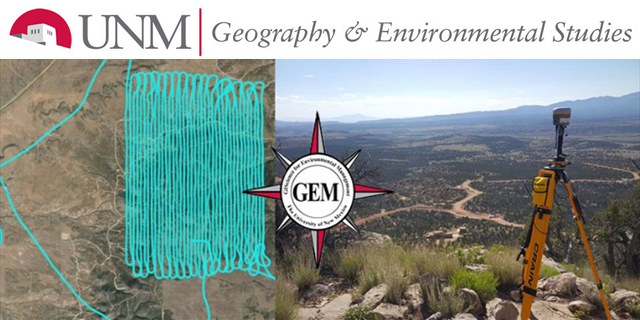
Geography ETDs
Publication Date
Summer 7-14-2017
Abstract
Having become almost cliché in academic discourses, the term gentrification offers a conceptualization of sociospatial transformation too narrow for contemporary understandings of inequality within the post-industrial city. Generalizations of a wealthy populous displacing working-class and marginalized populations fail to address the diversity, complexity, and scope of economic hollowing-out and fail to fully account for other incoming subpopulations such as the emergent “creative class,” comprised of university-educated individuals who are not necessarily considered affluent by traditional economic measures. To this end, scholars in the United Kingdom have identified university neighborhood formation as a significant yet distinct process of place production that results in exacerbated patterns of inequality that are incongruent to the predominant narrative – the degeneration and reconfiguration of physical property in areas of student occupation, thus leading to rising, increasingly exclusionary rents charged by private developers. This process, termed studentification, has gained little traction within the American academy, despite similarly pervasive neighborhood change surrounding research universities, and despite a wealth of scholarship interrogating the regenerative economic impact universities demonstrate as urban anchor institutions. And considering that urban real estate markets are largely a consumptive byproduct of globalizing capital, universities should be positioned at the administrative nexus between transnational networks of production and the localized processes of neighborhood recommodification, thus warranting a multi-scalar evaluation of campus expansion as a spatial practice of power.
Drawing upon three case studies of ostensible studentification – Columbia University in Manhattan, Temple University in Philadelphia, and the University of New Mexico in Albuquerque – my intervening research therefore seeks to resolve how academic institutions purposefully reprogram the cityscape for, in their appraisal, the public good, while specifically considering how university administrators leverage an economic idea of the student from their mission in urban planning processes. Each case represents a particular magnitude of scale; the global command city, the intermediate metropolitan, and the national fringe. The empirical work identifies a consistent ideology emphasizing intellectual accumulation and exchange, where students are positioned as both consumer and product; and as such, motivate and legitimate the increased institutional consumption of space. Such considerations, in turn, reinforce a theoretical discussion integrating studentification within university-generated urban development initiatives. Ultimately, this work builds upon contemporary analyses by positing that universities are central to a larger political project intended to reprogram urban space via the productive logics of a knowledge economy. As such, the humanistic ideal of infinite intellectual possibility is dangerously commoditized in corporeal form, the graduate or human capital, to provide an (a)spatial-fix to the limits of capitalist growth.
Degree Name
Geography
Department Name
Geography
Level of Degree
Masters
First Committee Member (Chair)
John Newman Carr
Second Committee Member
K. Maria D. Lane
Third Committee Member
David Correia
Document Type
Thesis
Language
English
Keywords
Gentrification, Economic Growth, Public Good, Higher Education, Urban Development
Recommended Citation
Wolff, Jacob R.. "The Ivory Tower, Urban Growth, and State Subjugation: An Historical Analysis on the Construction of Student Identities and the Public Good During University Generated Redevelopment Projects." (2017). https://digitalrepository.unm.edu/geog_etds/35
